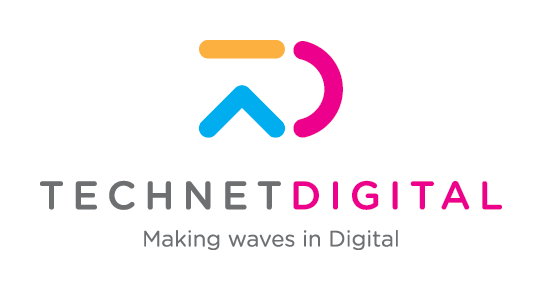
Will digital education replace the classroom?
Although young people have access to a vast range of technology outside of education, it is likely that online classes and digital exams will take the place of traditional styles of learning – especially for students in higher education.
Since the beginning of the COVID-19 pandemic, we have all been pushed to work differently, whether that be in the world of work or education.
The use of the internet has allowed us to continue as normally as we can, with students attending classes online in the form of Zoom or Microsoft teams, and the same for those in the working world too.
We have summarised some pro’s and con’s that help visualise the effects of long-term digital education.
Pros of online education

A more affordable way of learning
Home learning helps students to save money on travel and reduces education costs.

Accessibility
Online classrooms can be accessed from anywhere very quickly.

Flexibility
Home learning provides students with flexibility, allowing them to work their personal lives around schooling, whilst promoting responsibility and independence.

Greener way of learning
Physical study and examination materials such as textbooks and exam papers are not necessary for digital learning, is less wasteful and is better for the environment.

Supporting different learning styles
Everyone learns differently, and digital learning helps individuals to comfortably choose the best way for them, whether that be visually, independently, or even through audio.
Cons of online education

Less structure
E-learning requires a lot of discipline, and some students struggle with when the reigns are loosened.

Less social interaction
When working online there is a lack of interaction with other students and teachers. This could cause social problems down the line.

Limited amount of activities
Education can become too theory focused, with less access to practical learning activities.

Cheating
Monitoring online exams and progress is complicated without direct observation, with a risk of fraudulent test results.
Ian Bauckham from The Office of Qualifications and Examinations Regulation has said:
The pandemic has, rightly, catalysed questions about not if but when and how greater use of technology and on-screen assessment should be adopted. All proposed changes need to be carefully assessed for their impact on students, including those with special educational needs and disabilities.
It is important to make sure to ask the right questions and if digital learning is going to continue being implemented, whether the drawbacks out way the good and how we can support those who struggle. It will be interesting to see if e-learning sticks around, and whether young people will bring the experience and expectations into the working world.
It isn’t just education that has experienced changes. Professionals across the globe are being introduced to hybrid working in a digital world, and you can read all about it in one of our recent blog post.





